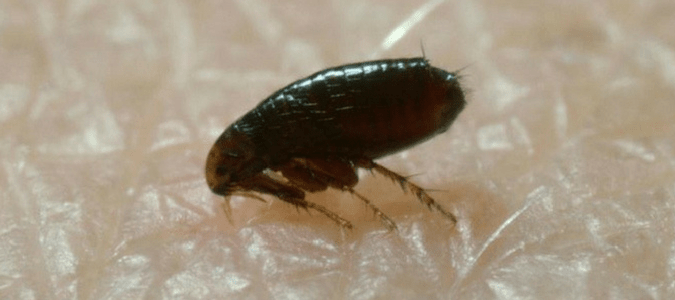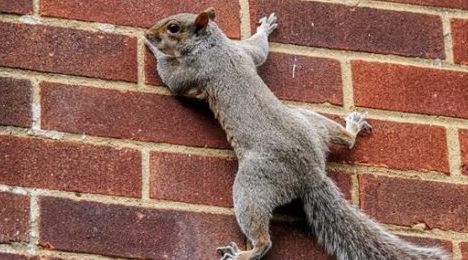Wasp, Hornet & Bee Stings
A Wasp or Hornet sting
A wasp or hornet sting causes a sudden, sharp pain at first.
A swollen red mark may then form on your skin, which can last a few hours and may be painful and itchy.
Sometimes a larger area around the sting can be painful, red and swollen for up to a week. This is a minor allergic reaction that is not usually anything to worry about.
A few people may experience a serious allergic reaction (anaphylaxis), causing breathing difficulties, dizziness and a swollen face or mouth.
Dial 999 for an ambulance immediately if you have these symptoms.
A Bee sting
A bee sting feels similar to a wasp sting,
but the sting will often be left in the wound.
The sting can cause pain, redness and swelling for a few hours. As with wasp stings, some people may have a mild allergic reaction that lasts up to a week.
Serious allergic reactions can also occasionally occur, causing breathing difficulties, dizziness and a swollen face or mouth.
Dial 999 for an ambulance immediately if you have these symptoms.
Removing a Bee sting
If you've been stung and the sting has been left in your skin,you should remove it as soon as possible to prevent any more venom being released.
Scrape it out sideways with something with a hard edge, such as a bank card, or your fingernails if you don't have anything else to hand.
Don't pinch the sting with your fingers or tweezers because you may spread the venom.
We are a commercial service provider, therefore we produce content with informational purposes only.
Experienced Technicians
RSPH Level 2 Technicians.
Qualified in Environmental Health Regulations.
Qualified in Health and Safety Regulations.
CRB Checked.
Discreet Service
We do not use sign written vehicles
and will be discreet at all times when
dealing with your pest problem
How to contact us
You can always fill out the quote form. Alternatively, there are plenty of other options below...
Call Us
The old fashioned way is still the best!
Please give us a call and let one of our friendly, knowledgeable staff discuss how we can help
Email Us
Of course, if you want to email us instead, you can either complete the contact form or email us directly
Follow Us
Our Services
View more













